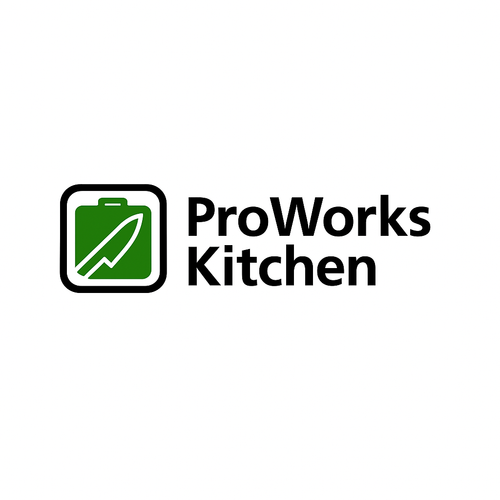When we think of cutting boards, we rarely consider the hidden dangers they pose to our health. The plastic cutting board you use every day could be contaminating your food with microplastics—tiny particles of plastic that break off with every cut you make. These microplastics can end up in your food and, over time, contribute to a growing health concern that many are only just starting to realize.
How Do Microplastics End Up in Your Food?
Plastic cutting boards are notorious for developing deep knife grooves with regular use. These grooves trap food particles, and as you continue to chop, tiny pieces of plastic break off into your meal. Studies suggest that 10 credit cards worth of microplastics can be ingested each year through the food we eat, and a significant portion of that comes from cutting boards made of plastic. These microscopic plastic particles are invisible to the naked eye but can pose serious risks to your health.
The Health Risks of Microplastics
While the exact long-term effects of ingesting microplastics are still being studied, emerging research has linked them to potential health problems, including digestive issues, hormonal disruptions, and immune system damage. The issue is compounded by the fact that microplastics are nearly impossible to remove from food once they’ve been introduced. Over time, the accumulation of these tiny particles in the body could have serious consequences.
Stainless Steel and Titanium: The Safer Choice
At ProWorksKitchen, we believe in providing the safest, most hygienic cutting boards for your kitchen. That’s why we offer 304 stainless steel and 99.8% pure titanium cutting boards. These materials are non-porous and do not shed microplastics into your food. With stainless steel and titanium, you get a cutting surface that is easy to clean, bacteria-resistant, and safe for your health.
Unlike plastic, stainless steel and titanium cutting boards do not have grooves that trap food particles, ensuring a cleaner, healthier surface for food preparation. Plus, both materials are incredibly durable, so you won’t have to worry about replacing them as frequently as plastic boards.
